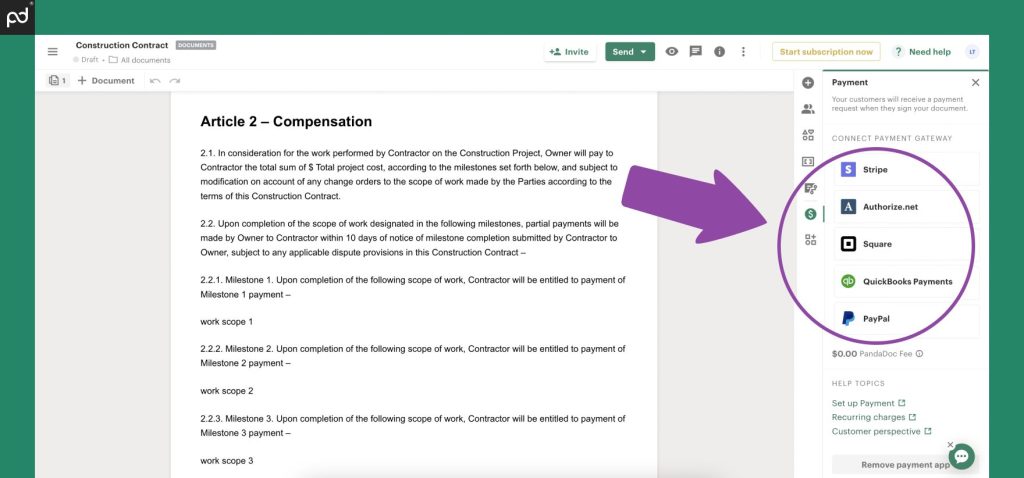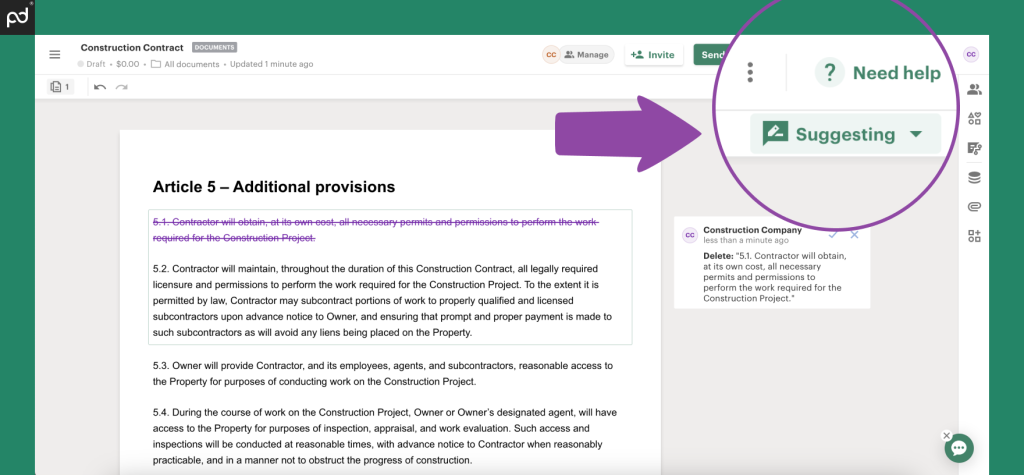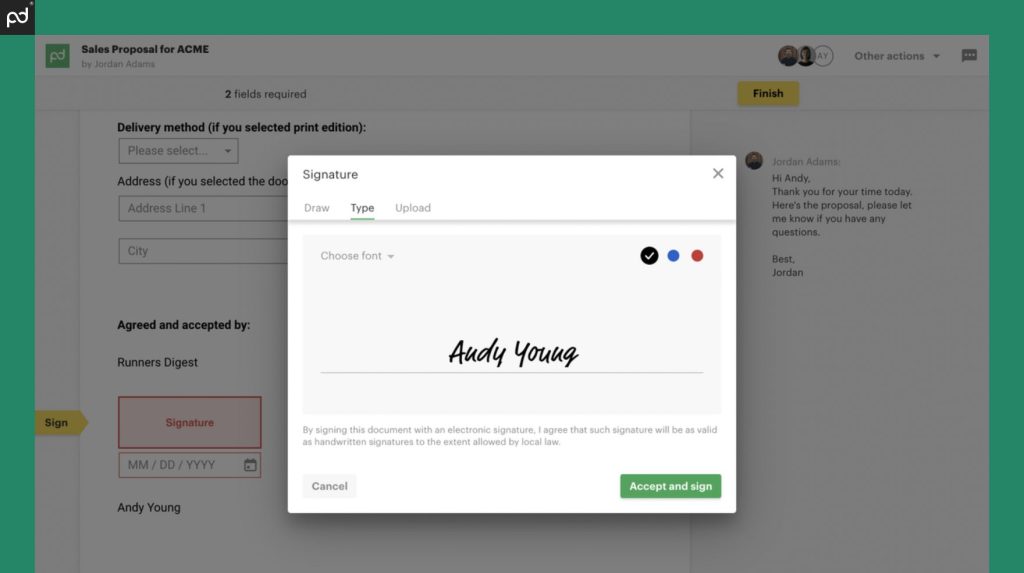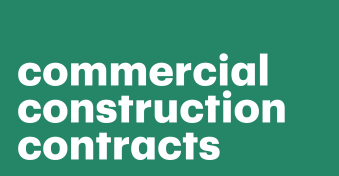As an independent contractor or company that provides construction services, you need to learn how to write a construction contract.
This involves thorough research, drafting, and review to sharpen every last detail to perfection.
You need to choose the right type of construction contract and determine the governing law in your jurisdiction in order to ensure all the required clauses are in place
In this blog, we’ll show you how to write a construction contract for any residential, commercial, or public works project, as well as recommend tools to assist with contract management.
Key takeaways
- When writing a construction contract, you must conduct extensive research to determine the type of contract you need and how to draft it.
- Every construction contract contains standard clauses, as well as other project-specific provisions.
- Before finalizing and signing the agreement, get a lawyer or legal expert in contract law to review it for legitimacy.
1. Choose the type of contract
Construction contracts are categorized based on the payment model or the contractor’s delivery process.
For instance, a lump sum contract guarantees a fixed fee upfront, while unit price contracts only focus on one repeatable unit of the project.
Other standard contracts in construction include:
- Cost-plus contracts for jobs with dynamic scopes
- Incentive contracts for projects with tight deadlines
- Guaranteed maximum price (GMP) contracts for projects with a fixed cap
- Time and materials contract for long-term projects with unclear scopes
- Design-build contracts for contractors that also provide design services
- Integrated project delivery contract for the builder, designer, and owner to agree on the same terms, roles, and costs.
Select the type of contract that best suits your profit expectations and your project delivery process.
You can also combine contract types for different aspects of the project.
For instance, you can use unit pricing for a residential subdivision with multiple houses.
But for each house, you can charge a fixed price.
2. Draft the agreement
Once you agree on the type of contract with the project owner, it’s time to start working on the draft.
You can draft the entire agreement from scratch, but to save time, use templates.
Here are the key components of every construction agreement:
- Detailed project description
- Signatures with dates
- Scope of work
- Executive summary (for larger commercial or public works projects)
- Payment schedule and methods
- Liability waivers
- Dispute resolution
- Arbitration and indemnification
- No-lien clauses
- Liquidated damages
- Insurance coverage and warranties
- Certification and licenses
- Force majeure
- Termination and severability
- Blueprints and subcontracts
- Breach of contract remedies
- Change orders and subcontractors
- Full names, addresses, and contact information of all signatories.
You can also add more boilerplate clauses based on the local law as well as your expectations.
For instance, you can add an NDA clause if you are contracting a builder to set up an underground bunker at your new property.
3. Add timelines and payment details
The contract must contain start and end dates as well as payment terms.
These dates help the property owner to track milestones to see if the contractor is on track to deliver.
For incentive-based contracts, the builder automatically forfeits the incentive payment if the construction work exceeds the stipulated completion date.
The only exception is if the delay results from force majeure, sometimes called an act of God.
The contract must also contain the total cost of the construction project.
In some cases, the other party might demand a detailed cost breakdown for labor, materials, licenses, and other expenses.
To avoid confusion and payment delays, add all acceptable payment methods to the contract.
For small projects, you can embed the payment portal in the contract.

4. Include your permits and licenses
Contractors need permits, licenses, and other contract documents because owners need to guarantee they won’t face fines or site closures from the local inspectors.
In California, for example, general contractors need a standardized contract for any work above $500.
In Texas, you only need contracts for HVAC installation, plumbing, and other related work.
You can opt for a different license depending on your experience as well as the tonnage of the equipment.
And general contractors in New York don’t need licenses — but navigating the maze of local laws and building permits could drive you up the wall.
Bottom line: start applying for your licenses early to avoid missing out on lucrative contracts.
Exceptions apply to ex-military technicians and engineers with similar experience.
5. Get a lawyer to review the content
Even for small development projects and installations, you need to get a lawyer to review the terms.
Why? Because if things go wrong, you might end up spending your entire profit margin on legal fees, settlements, and fines.
A construction lawyer will ensure the contract is valid according to local or federal contract law.
They’ll also provide legal advice to make sure the terms are legit and enforceable.
The lawyer will also review the boilerplate clauses to make sure the litigation procedures proposed by the other side are favorable, or at least acceptable, to your side (whether you are the contractor or the project owner).
6. Finalize the agreement and send it to the signatories
After the first review, forward the agreement to all stakeholders.
This review process may involve extensive redlining to iron out every last detail in the contract.

Sometimes, the contractor agreement might get stuck in a bureaucratic gridlock.
So you have to nudge the signatories to review and sign before the stipulated start date.
Once everyone reaches a consensus and comes up with a final agreement, review it one last time and sign.

To speed up this phase, you can use a digital contract management platform to track changes.
You can also embed click-wrap signature fields in the legal document to speed things up.
7. Execute the contract
With the contract signed and sealed, it’s time to get to work.
This is when you hire subcontractors and laborers, gather the materials and equipment, and administrate the project.
In case of an unforeseen circumstance, such as a hurricane on the work site, your force majeure clause will cover you.
If the owner stops paying you for whatever reason, you can trigger the stop-work clause without breaching your contract.
All in all, make sure to tailor your project costs to maintain your profit margin.
Consolidate your construction contracts with PandaDoc
Whether a home improvement or real estate development project, writing a contract can be a breeze if you have the right contract management software.
Using dedicated software for construction docs, you can draft contracts and add boilerplate clauses to your agreement within minutes.
PandaDoc also contains a comprehensive library of construction contract templates.
You can also use the document editor for the redlining and negotiation phase.
To learn more about how easy it is to manage all your construction contracts in one place, book a demo right now.



